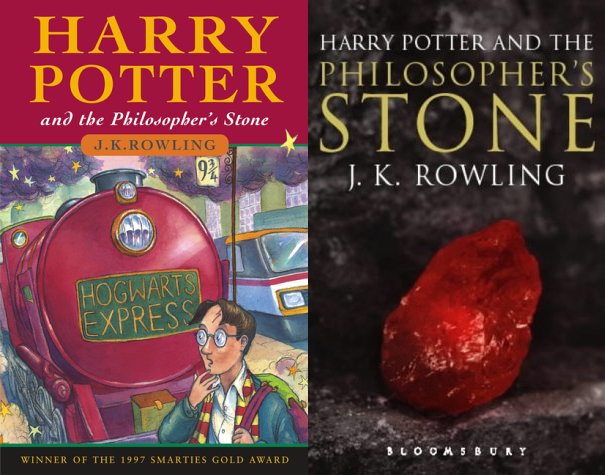Inspiring Young Readers
 posted on 19 Nov 2016
posted on 19 Nov 2016
More than just kid’s stuff
A little while ago when the author Alan Gibbons came to talk to students at the university I teach in, I asked him if he objected to being always labelled an author of books for young adults when, in fact, his books were just books and could be enjoyed by anyone at any age. Alan’s reply was typically straightforward and honest – no, he didn’t mind; he just wanted people to read his books and everyone is welcome. I posed the same question some months later to Bali Rai, another author who is regularly labelled a writer for young adults and again someone who deals with issues that cut across the age ranges. His response was a little more ambiguous – yes, he’s happy to write books that teenagers seem to enjoy but, no, he didn’t find the label useful and yes, potentially it could be restrictive.
This question of segmenting books for audiences to match the assumed age of the reader seems to be an issue that won’t go away and which occasionally pops up again to nag away at me. I have recently become aware of a strand of lively debate on a number of on-line forums defending the right of adults to read J.K. Rowling’s Harry Potter series and I was curious about why such a discussion was even happening. It would seem that a generation that read the Potter books in their early teens now feel that in some way they need to justify continuing to read them so avidly in their ‘adult’ years.
None of this is helped at all by the publishing industry and I suspect by their marketing departments. Every now and then publishers flirt with the idea of putting reading age guidelines on their books only to retreat from that not long after discovering that this is a self-defeating policy. I suspect that far from encouraging more sales to a specific demographic the impact of such a policy probably limits sales, putting off other potential readers outside the age range they have suggested as the appropriate one.
I’m also aware that, in the past at least, librarians have also conspired with the notion that certain books should only be read by their appropriate age-related audience. There seem to be plenty of examples of young but precocious readers being denied access to the adult section of a library by an officious librarian convinced that it was their duty to protect young minds from being touched by the world of adult literature. Does this still happen I wonder?
However, it is undoubtedly the case that children’s books are now seen in marketing terms as essentially different to Young Adult (YA) books and that this young adult brand has become an important aspect of promoting authors and selling their books. However, writers are often contrary creatures and they produce books that don’t always sit comfortably within this YA bracket and, as a consequence, a different genre has to be created - the ‘crossover’ book – one that could be read by an fully-fledged adult as well as by a young adult. However, to ensure the adult is not going to be embarrassed by being seen with a book others might construe as designed for teenagers, publishers have come up with the alternative jacket – see for example the first Harry Potter books, Mark Haddon’s The Curious Incident of the Dog in the Night Time, Lian Hearn’s Tales of the Otori series and many others.
As a reader who grazes over any book that interests me – picture books, children’s, young adult and adult – I find this whole age thing puzzling. I don’t really care what age range the publishers, the librarians, booksellers or the custodians of the on-line world think I should be in order to read and enjoy a book – all I’m interested in is how well its written. Good books aren’t, in my view, produced with an age demographic in mind – they are written because the story has to be told and told to anyone who will listen.
Terry Potter
November 2016